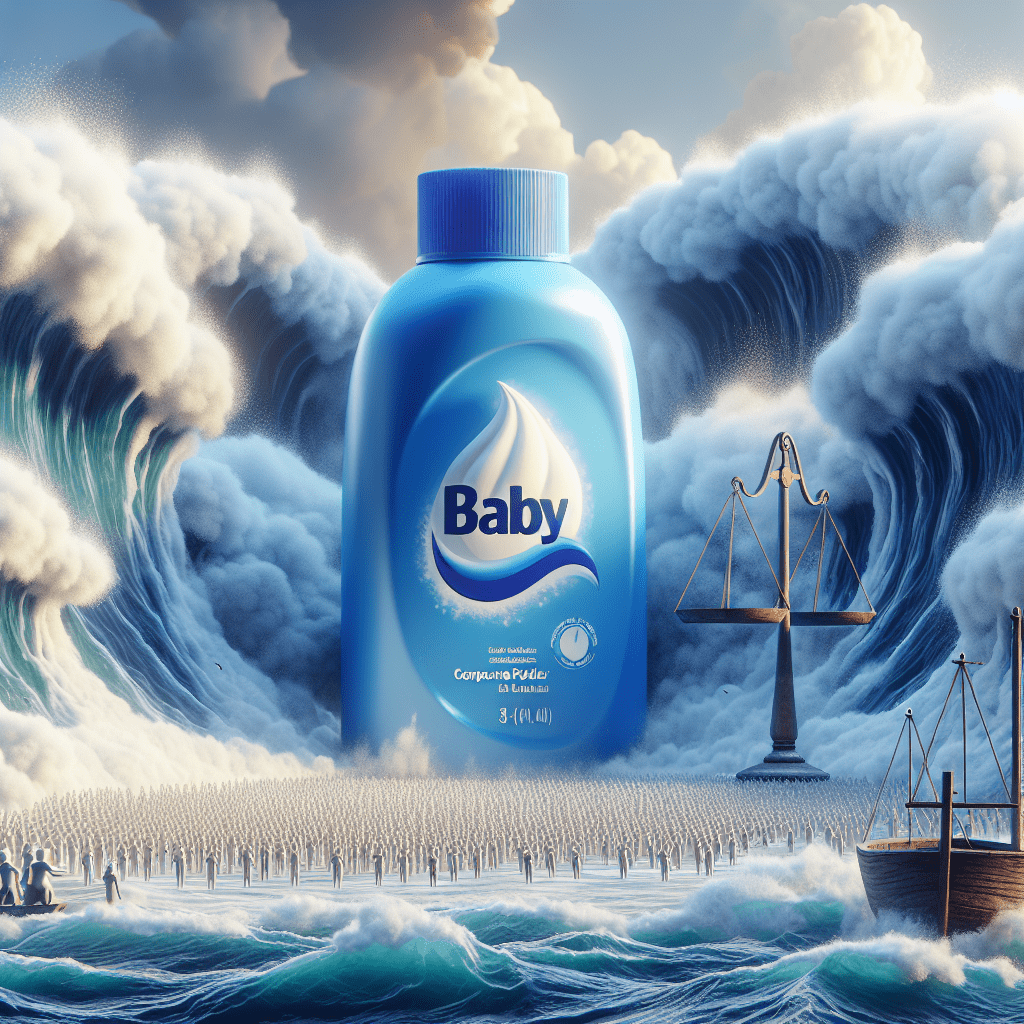Johnson & Johnson Faces Crucial Test Over $10 Billion Baby Powder Settlement
Bankruptcy Judge to Determine Outcome of Settlement Plan
Johnson & Johnson (JNJ.N) is on the brink of a pivotal legal battle surrounding its **$10 billion proposal** aimed at settling numerous lawsuits that allege its baby powder product caused ovarian cancer. The outcome of this case lies in the hands of U.S. Bankruptcy Judge Christopher Lopez in Houston, who will adjudicate whether to approve the settlement plan or dismiss the bankruptcy case entirely.
Background of the Litigation
The legal troubles stem from claims by over **62,000 plaintiffs** who allege that J&J’s talc products contained asbestos and resulted in cancer. The company has vehemently denied these allegations and is attempting to navigate through bankruptcy to resolve the litigation. This novel strategy relies on a subsidiary, Red River Talc, which is positioned as the responsible entity for managing the settlement. J&J’s previous attempts to resolve similar litigation via bankruptcy were unsuccessful. However, the company argues that its current approach is distinct, citing broad support for Red River Talc’s proposed settlement.
Claims of Manipulation in the Voting Process
Opponents of the settlement argue that the voting process was compromised. Attorney Adam Silverstein contends that J&J engaged in practices that undermined the integrity of the vote, stating that the company challenged votes cast against its plan. Meanwhile, it allegedly accepted votes favoring the settlement plan without due scrutiny.
Silverstein further claims that J&J violated its own voting guidelines by counting votes from attorneys who did not possess medical records or legal authority to represent claims. This potential manipulation raises questions about the legitimacy of the support that J&J claims to have for its bankruptcy settlement.
The Key Issues at Stake
Judge Lopez must assess not only the validity of the votes cast but also the broader question of whether a well-financed company like J&J should be able to utilize bankruptcy as a protective measure. The hearing is set to continue until the **end of February**, with the judge expected to issue a written opinion following the proceedings.
J&J’s Arguments for Bankruptcy Resolution
J&J’s position rests on the assertion that bankruptcy proceedings provide a **faster and fairer** mechanism for compensating victims of cancer linked to the company’s products. Erik Haas, the vice president for litigation at J&J, has stated that the proposal has **”overwhelming support”** among plaintiffs and offers better financial recovery compared to traditional trial outcomes.
From J&J’s perspective, a swift settlement would avoid the unpredictability and prolonged duration of litigation, which could potentially lead to varying results across different trials.
Opposition Claims and Future Implications
Nonetheless, the opposing parties maintain that the proposed settlement unfairly curtails the rights of plaintiffs who wish to have their cases heard in court. They argue that this bankruptcy resolution could serve to **prevent future talc-related lawsuits** against J&J, effectively shielding the company from further legal accountability.
This concern highlights the delicate balance the court must strike—ensuring justice for those affected by the allegations while considering the legal instruments companies may wield to manage their liabilities.
Conclusion
As the hearing unfolds, the implications of Judge Lopez’s decision will be far-reaching. Should the settlement be approved, critics warn it may set a precedent for how corporations can navigate legal challenges using bankruptcy as a shield, potentially undermining victims’ rights. Meanwhile, if the court dismisses the bankruptcy case, it could reopen avenues for plaintiffs to pursue their claims against the healthcare giant directly in the court system.
The case represents a crucial juncture not just for Johnson & Johnson, but for the future of corporate accountability and the rights of consumers affected by products that may have harmful effects. As J&J awaits the judge’s ruling, the outcome will undoubtedly reverberate through the legal and financial landscapes of similar corporate litigation battles moving forward.
